Cimarrona Ways
A Black-Indigenous Compass for Creativity and Life
By Alaí Reyes-Santos
Welcome
Inspired by my cimarrona kin, Nadia Ellis, Ana-Maurine Lara, Dayo Mitchell, Michelle Stuckey, Cheyenne Holliday, and so many more with whom solidarity has been built far away from home in the U.S. Pacific coast
Cimarrona Ways A Compass
For those trying to create and sustain life in institutions where our bodies and quests for justice were not meant to exist in the first place.
The Story:
as told by Alaí, part 1
In 2009 I met my friend and colleague Nadia Ellis. A Boricua and a Jamaican reclaimed their kinship across the islands. Our kinship gave birth to two books. I published Our Caribbean Kin: Race and Nation in the Neoliberal Antilles. Nadia published Territories of the Soul: Queer Belonging in the Black Diaspora. In both we reflected on our peoples’ ways of building community and collective life. Ever since we have been navigating our desire to create and foster justice in institutions where our bodies-and the quests for justice and solidarity-that move them were never meant to exist.
We have called the ways in which we move through these spaces of higher education: marooning (or cimarroneando) higher ed. Cimarronear higher ed has become a motto for us that in fits of laughter allows us to playfully engage what can at times be painful and destructive realities for us, our students, our communities. Cimarroneando higher ed is how we reclaim the cimarronajecultural of our Caribbean peoples all way in the Pacific Coast of the United States.
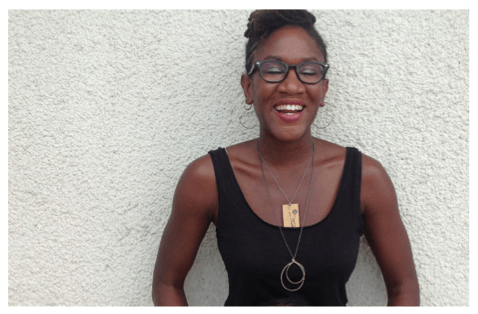
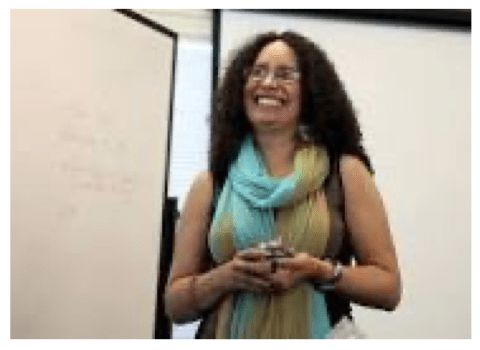
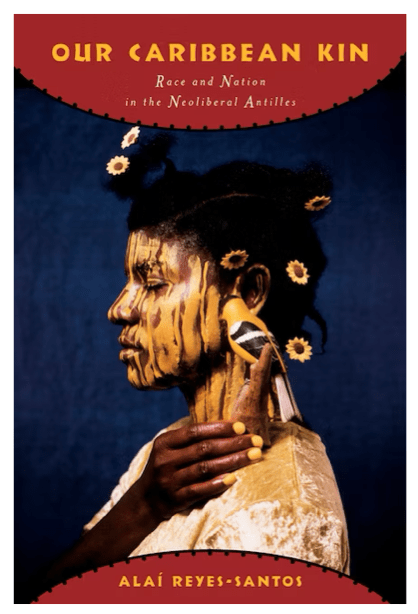
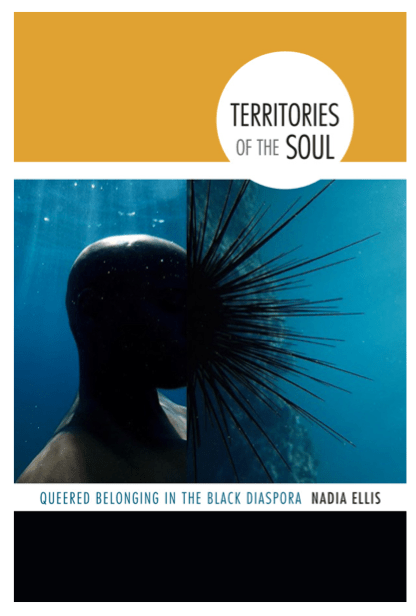
Our cimarronaje is adaptation, is survival, is creativity that taps into our forbidden desires for justice and solidarity; is knowing to always tap into our ancestral histories as power; is knowing when to engage power structures and negotiate with them, and when not to; is knowing when to harness our kin’s strengths in horizontal solidarity; is knowing when the timing is right or not; is knowing who can help or not; is knowing when to scale up or scale back, and still create; is knowing how to sustain joy in struggle.
Cimarronaje, at the end of the day, is about sustaining life: our lives and the lives of all beings in a good way. As our ancestors have taught us for generations, cimarronaje can be mobilized vis á vis institutional powers of all sorts. It emerges from our choices to directly or indirectly engage or not the colony/encomienda/hacienda/plantation, and their legacies in institutions today. It emerges from our choices to keep living and finding joy in the world with one another in the face of all that must be built anew.
The Story:
as told by Alaí, part 2
The Story:
as told by Alaí, part 3
In 2010 I met another Caribbean kin, Ana-Maurine Lara. Hailing from the island of Ayti/Quisqueya, Ana brought another dimension to my understanding of cimarronaje. For the past thirteen years, we have been travelling across communities throughout the Dominican Republic, Cuba, and Borikén that sustain our Indigenous, Black, and AfroIndigenous knowledge systems and ways of being, prayers, healing, plant and food practices, a capacity to adapt constantly to new conditions and technologies, and a deep commitment to collective solidarity and joy. I have learned from our Caribbean kin how to let power think that you are extinct or disempowered, while still sustaining your own truth, values, and knowledge.
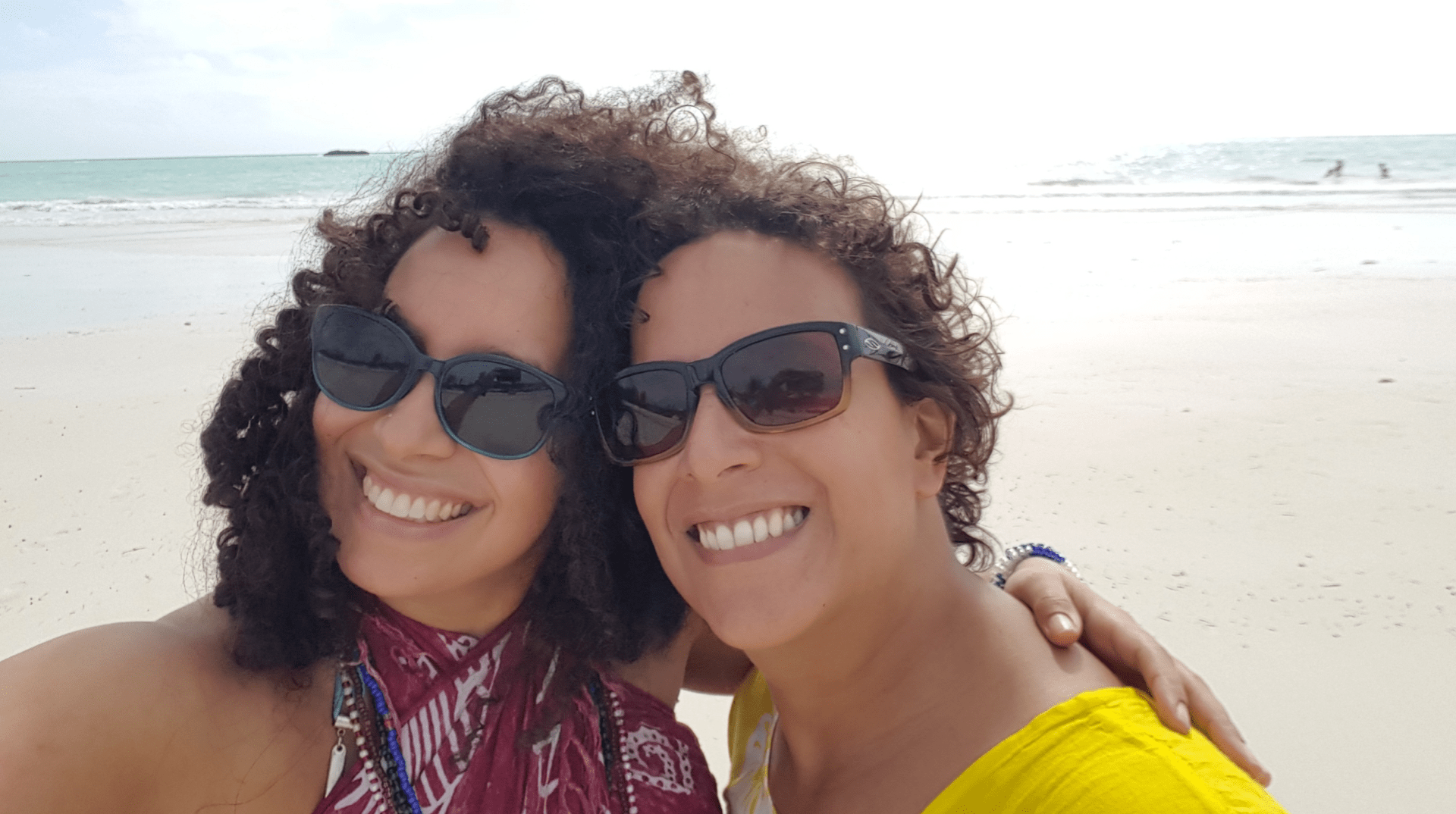
UO Libraries| Digital Scholarship Center
This work is In Copyright-Educational Use Permitted.
Contact the Caribbean Healers Project for additional use.